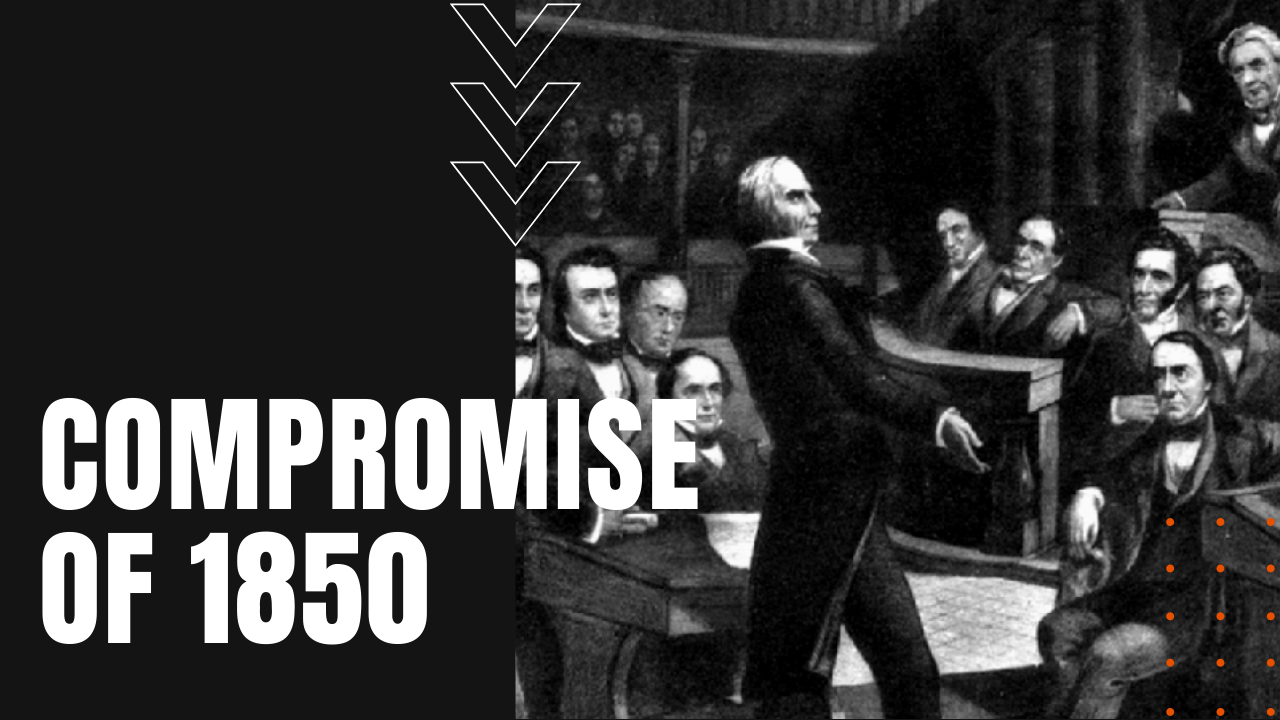Compromise of 1850: From Civil Rights to Civil War

After Mexico’s 1848 defeat in the Mexican-American War, Mexico gave up about a third of its territory, including nearly all of present-day California, Utah, Nevada, Arizona and New Mexico. The additions ignited a national debate on the issue of whether or not slavery would be permitted in each new territory.
Fearful over the growing divide between the slave-owning South and the free states to the North, Senator Henry Clay of Kentucky—known as “The Great Compromiser” after his handling of the Missouri Compromise—spearheaded a series of five bills that collectively became known as The Compromise of 1850.
Famed Massachusetts orator Senator Daniel Webster, while disappointing his abolitionist supporters back home, saw the 1850 compromise omnibus bill as a way to skirt the growing national discord, which was fast becoming a battle of majority rule in both houses of congress. When Clay grew too sickly to advance the bill through the Senate, Illinois Senator Stephen A. Douglas led the debate and subsequent vote, and when a full compromise failed to pass, Douglas split the omnibus bill into individual pieces of legislation, which allowed senators to vote or abstain on each topic individually.
What was the Compromise of 1850?
One bill permitted slavery in Washington, D.C., at the same time outlawing the slave trade. A second bill added California to the Union as a free state, while a third established Utah and New Mexico as territories, leaving the free versus slavery decision to each individual region. A fourth bill defined new boundaries for Texas, awarding The Lone Star State $10 million in exchange for land that was given up to New Mexico. The final bill was the Fugitive Slave Act of 1850, which required Americans to assist in apprehending runaway slaves while denying enslaved people the right to a trial by jury.
While passage of the first four bills did little to ruffle the public at large, outrage over the Fugitive Slave Act sparked an increase in fugitive slave traffic along the Underground Railroad during the remainder of the 1850s. Northern states avoided enforcing the law and by 1860, the number of runaways successfully returned to slaveholders hovered at just 330.
The Fugitive Slave Act was repealed by Congress on June the 28th, 1864, following the outbreak of the Civil War, which was the one event that compromise proponents in congress had hoped to avoid.
